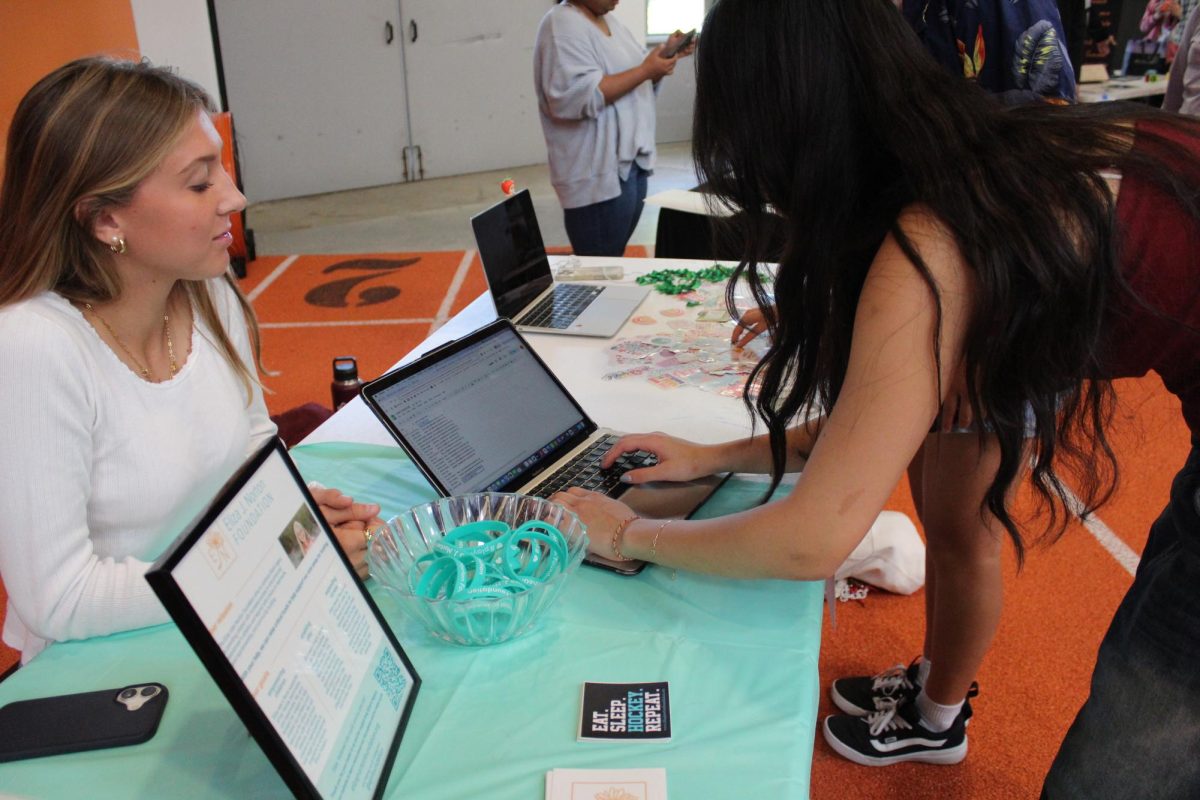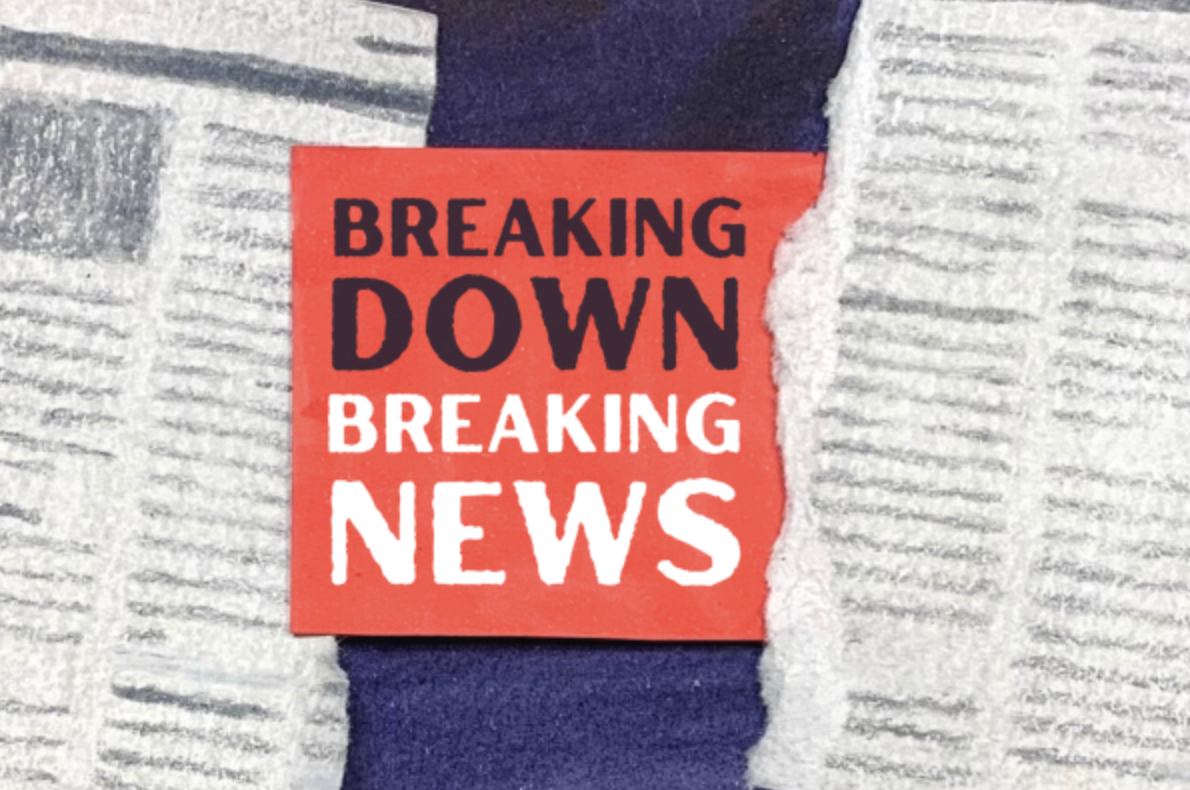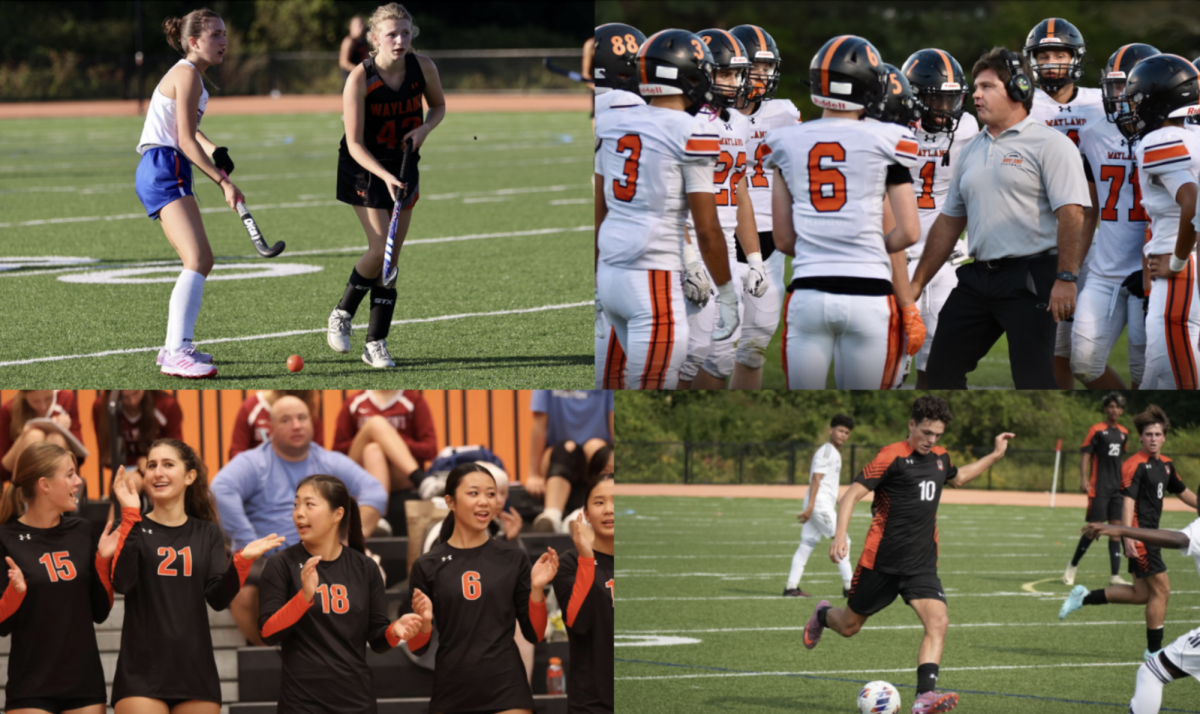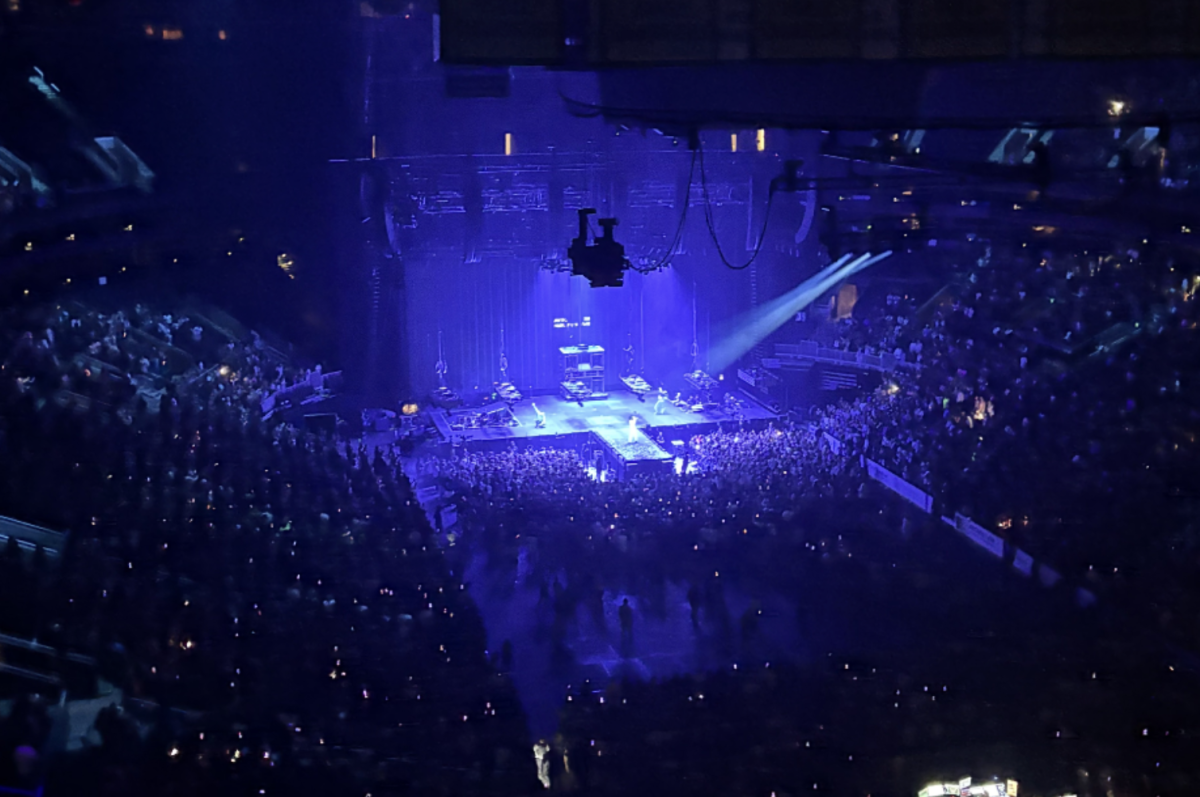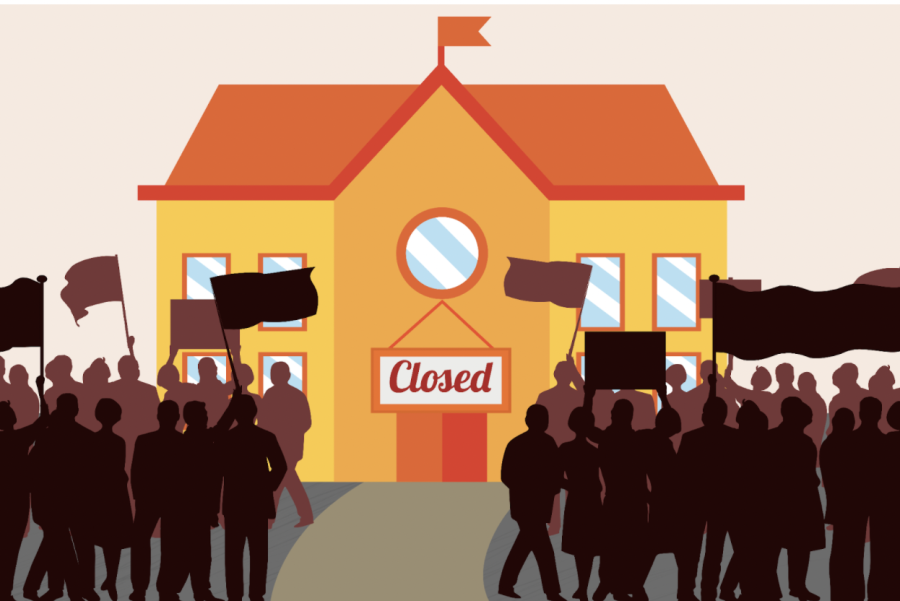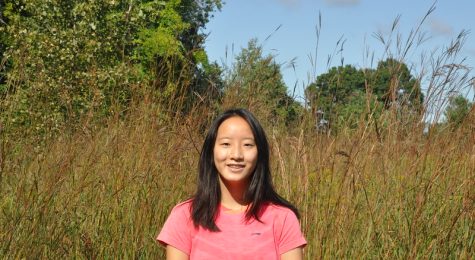Wayland faculty discuss the Chicago teacher strike
Credit: Annabelle Zhang
Chicago Public Schools close for several days after teachers walk out in protest of returning to all-in classes. “Teacher strikes are a really difficult thing,” WHS Vice Principal Laura Cole said. “I don’t think anyone ever wants to go to a teacher strike. When I see that people have gone to the extreme of that, I think ‘what’s going on, and what’s the root of it?’”
January 27, 2022
Teachers working at Chicago Public Schools went on strike from Wednesday, Jan. 5 to Tuesday, Jan. 11, protesting the return to in-person learning after a surge in COVID-19 cases following winter vacation.
During the strike, Chicago averaged 5,200 new cases of COVID-19 per day, and the number was steadily increasing. In response, the Chicago Teachers Union pushed for remote classes to avoid the spread of COVID-19 and to improve safety measures against the virus. Because Chicago Public Schools and the Chicago Teachers Union couldn’t come to a compromise, the week-long strike cost over 340,000 students several days of learning, angering many parents and students.
After 11 days, Chicago Public Schools proposed an agreement with the Chicago Teachers Union to enforce stricter protocols such as providing students access to N95 masks, which was approved.
“Teacher strikes are a really difficult thing,” WHS Vice Principal Laura Cole said. “I don’t think anyone ever wants to go to a teacher strike. When I see that people have gone to the extreme of that, I think ‘what’s going on, and what’s the root of it?’”
In general, teacher strikes are different compared to other forms of nonviolent protest because of harmful effects on an uninvolved party, the students. The existence of the protest suggests that there are underlying issues within the Chicago Public School system, which include overly lenient COVID-19 guidelines.
“COVID-19 has been the driving force of a lot of issues in education,” Cole said. “However, I don’t think that it is the actual issue. It’s just something that has exemplified the way that educators feel right now being in the profession. I think it’s a very layered, complex issue and COVID-19 is just the forefront.”
In Wayland Public Schools, pool testing, contact tracing and social distancing are all methods that minimize the spread of COVID-19. These precautions are taken to ensure that students and teachers feel comfortable and safe.
“We have to make sure that we’re following the precautions that we’ve set up, and that the community is [not coming] to school if they’re sick, making sure they’re getting tested, wearing [their] masks and [staying] up to date on [their] vaccines,” WHS World Language Department Head Nicole Haghdoust said. “That’s what we have to do to keep coming to school.”
Even with concerns around the recent surge of the omicron variant, many Wayland teachers want to avoid going remote or hybrid. Other than the struggles with technology and the act of teaching online itself, more issues arise with remote classes.
“It’s the fact that there is this ability to connect with people [when school is in person],” Cole said. “Even the shyest person, and even the person with anxiety, wants to feel connected. It’s through the relationships that we build with students that kids get to see that there are other people that care for them, even if it’s a little bit. That builds confidence and self-worth, and I’m so concerned that kids lost their self-worth through screens.”
Students have experienced the disadvantages of online classes as opposed to in-person classes during the earlier lockdown in 2020. In addition, field trips that were highly anticipated by most students were canceled.
“We missed out on some school events, like the eighth-grade D.C. trip,” sophomore Michelle Yee said. “Going all online, we [didn’t] get to feel what high school is supposed to be like.”
Despite the preventive measures set up by the school, many students and teachers have tested positive, and as a result, missed several classes, assignments and tests. Some say that making up for these missed days is extremely difficult, even if teachers and students are willing to work together to catch back up.
“It’s really difficult because we have to remember that teachers, and their children are getting sick, and students and their family members are getting sick,” Hagdoust said. “There are some points where teachers need to be out for long periods of time, and that effects the students’ learning.”
Teachers and staff are trying their hardest to minimize the effects of COVID-19 on students’ health. Other than getting infected with the virus, there are also concerns surrounding the mental health aspect of the pandemic.
“Our approach is a little different than last year,” Cole said. “It’s more proactive. Adjusting curriculum and expectations and canceling midterms are ways we’re being proactive. Let’s take care of each other, and we’ll try to alleviate what we can and proactively support the mental health component of COVID-19.”
Although teachers and staff are working to mitigate COVID-19 cases, students are also responsible for keeping the Wayland Public schools open and safe.
“Let’s just be patient with one another,” Cole said. “Let’s be flexible and kind, and let’s get through it.”




